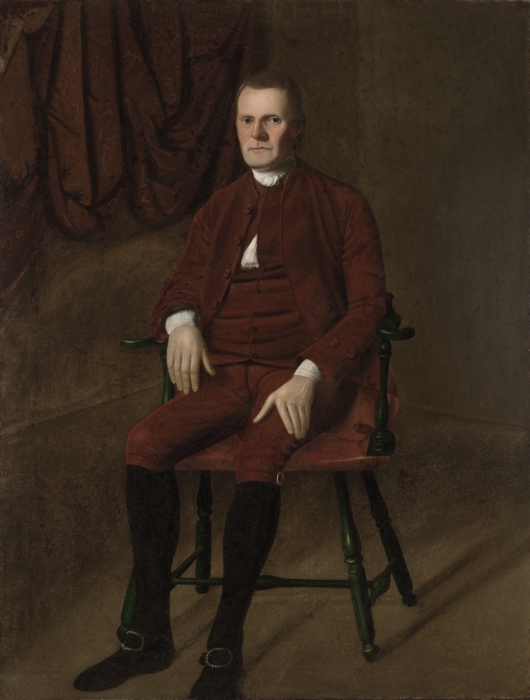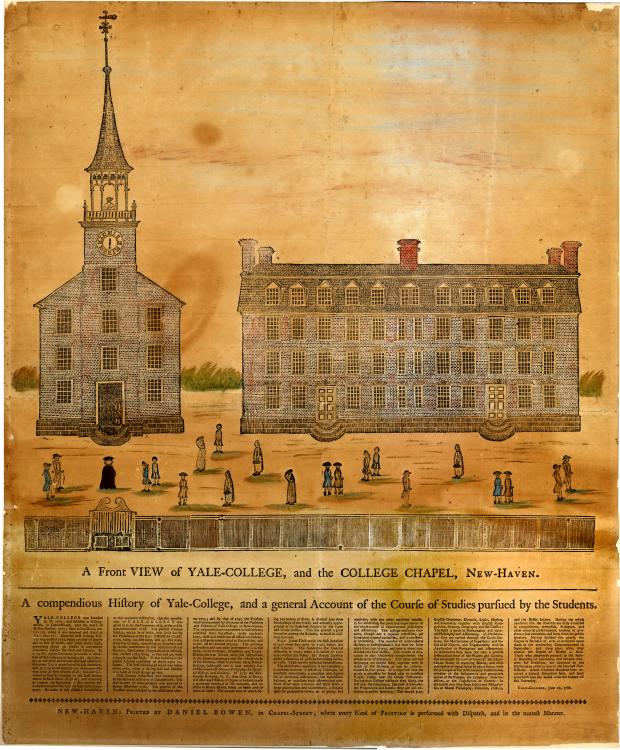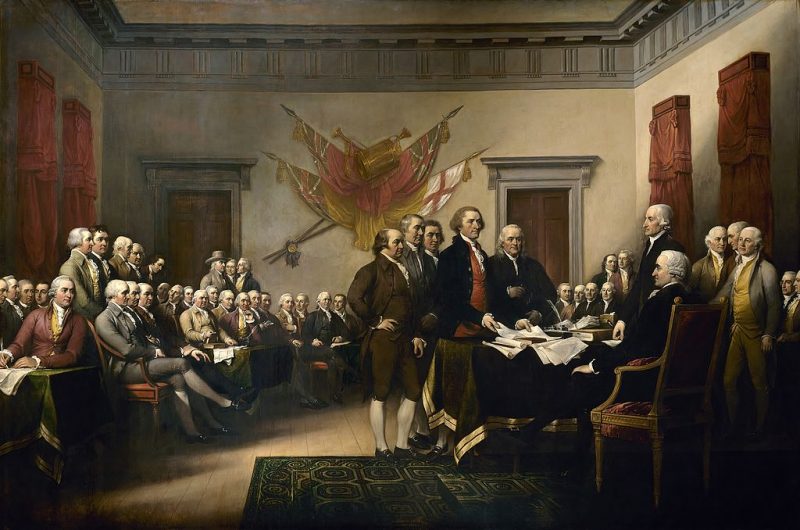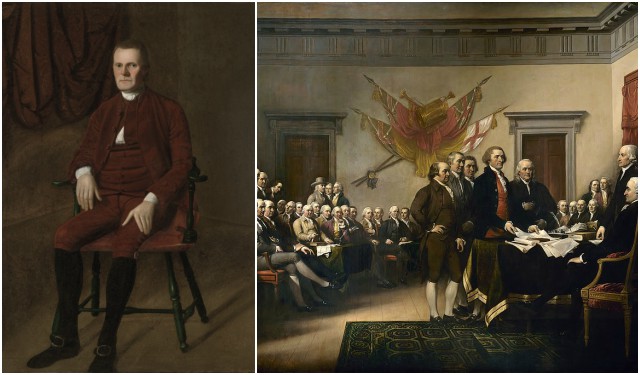Roger Sherman was born on April 19, 1721, in Newton, Massachusetts. When he was two years old, his family moved to Dorchester (present-day Stoughton) where his father supported his family by farming a small tract of land.
From an early age, Sherman was spurred by a desire to learn and read but his father was unable to give his children many of the advantages of formal education.
Roger received some formal schooling from a Harvard-educated parish minister, the Rev. Samuel Dunbar, who took him under his wing, and then became a shoemaker’s apprentice.
His father died in 1741 and because of that in 1743 Roger joined an elder brother who had settled in New Milford, CT where he went into business as a shoemaker.

He was a man of extraordinary ability and soon became known throughout the county – during these years in New Milford, he began to actively participate in town affairs.
On November 17, 1749, he married Elizabeth Hartwell and they had seven children.
He took up the study of the law and passed the bar exam in February of 1754 and embarked upon a distinguished judicial and political career.
From 1755 through 1761, Roger Sherman held numerous political offices. He was appointed a justice of the peace for New Milford and he also represented the town in the colonial assembly.
He was appointed a judge of the court of common pleas for Litchfield County in 1759.
On October 19, 1760, his wife Elizabeth died. Shortly after the death of his wife, he abandoned his law practice and moved his children to New Haven.
In New Haven, he settled into life as a merchant and managed two stores – a bookshop and a general merchandise store located across from Yale College.

Three years after the death of his first wife, he married Rebecca Prescott in 1763 and they had eight children. Sherman became involved with Yale College, where he held the post of treasurer from 1765 to 1776.
He held various positions in law before becoming a professor of religion at Yale College. In 1766, he was elected to the upper house of Connecticut’s general assembly.
During these years Sherman became recognized as a national political leader and he was active in the colonies’ struggle for independence from British rule.
He helped write the Declaration of Independence and the Articles of Confederation, both of which he also signed.
But what is most important about this great man is that he is the only one who signed all four of the great state papers of the United States (the Declaration of Independence, the Articles of Confederation, the Continental Association and the Constitution).

He was greatly respected for his abilities, but even more for his honesty and integrity. On one occasion, Thomas Jefferson described him as “a man who never said a foolish thing in his life.”
Roger Sherman concluded his career by serving in the U.S. House of Representatives (1789-91) and Senate (1791-93).
He died at New Haven on July 23, 1793, at the age of 72 and is buried in the Grove Street Cemetery.
